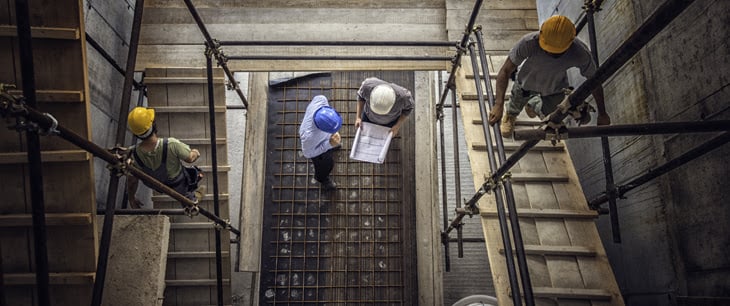In the construction industry, holdbacks may be inserted into contracts as a way to protect the buyer, by “holding back” a portion of the invoice until all the work is complete. This allows the parties to complete the project on schedule.
Holdbacks raise their own set of procedural questions — from when to charge them to who is required to charge them. They also raise day-to-day business challenges for business owners in the construction industry. Addressing their impact is no simple matter.
Holdbacks can cause cash flow complexity for everyone from small subcontractors to large general contractors. The typical profit margin on a job runs from 5 to 15 percent. When taking into account the payment delay of holdbacks, even a moderate holdback such as for 10 percent of the sale proceeds can add a financial burden to the business.

Can construction businesses “hold back” taxes?
To help manage the financial burden of holdbacks, it is important to consider how they are taxed. The Canada Revenue Agency (CRA) allows for any holdbacks receivable to be excluded from income if the amount has not been received from the customer and the job is incomplete. This allows the company to defer any tax payments on its holdbacks receivable to a future date, when the amount is actually received by the customer or the job is completed.
The deferred tax liability on holdbacks reduces the potential financial burden on the company and the uncertainty around collecting them. It also ensures that the tax expense incurred is in line with the operations of the company and can improve an organization's cash flow management, as the company is not paying taxes on income it has not received. Pursuing this strategy in a given year results in a tax addback in a subsequent year (offset with the current year's tax deduction of any eligible current year holdbacks receivable). Note that deferring income tax on holdbacks is a choice made by the company. As a result, it needs to be applied consistently from year to year.
The CRA's position has a flip side. While construction companies can defer the tax burden for holdbacks receivable, they have less flexibility when deducting income for holdbacks payable. The CRA says that any holdbacks payable at year-end are not deductible for tax purposes until the year the company actually makes the payment to, or the job has been completed by, the subcontractor. Since companies may not deduct these holdbacks payable, they have an additional incentive to exclude the holdbacks receivable as income until required to do so by the CRA.
Navigating Tax Planning for Holdbacks
Tax and cash flow considerations can sometimes get lost in the shuffle of project-managing a construction business. But holdbacks offer a tax-planning opportunity that needs to be addressed as contracts are discussed and then finalized. A tax professional can advise how best to tackle the full spectrum of tax considerations arising during negotiations over construction holdbacks.